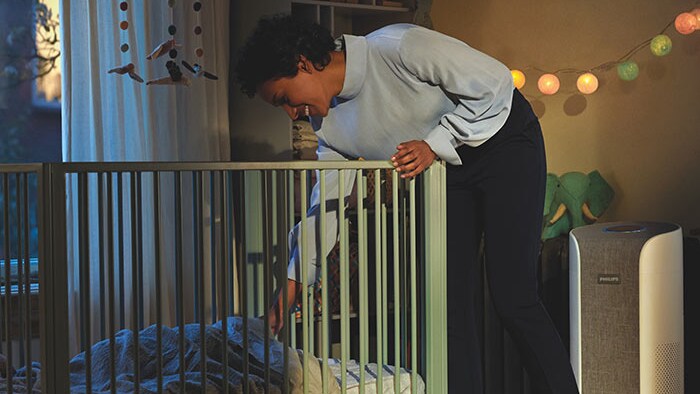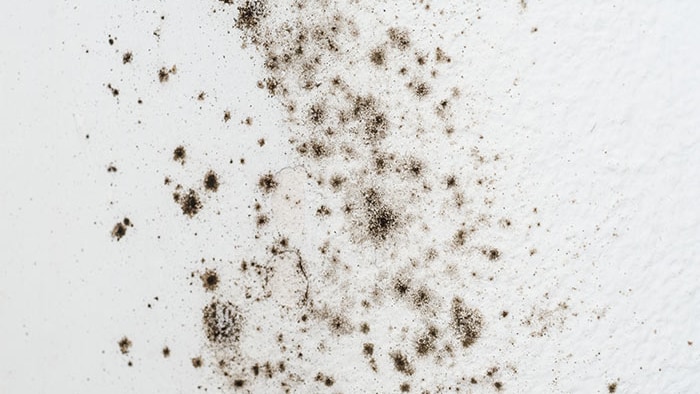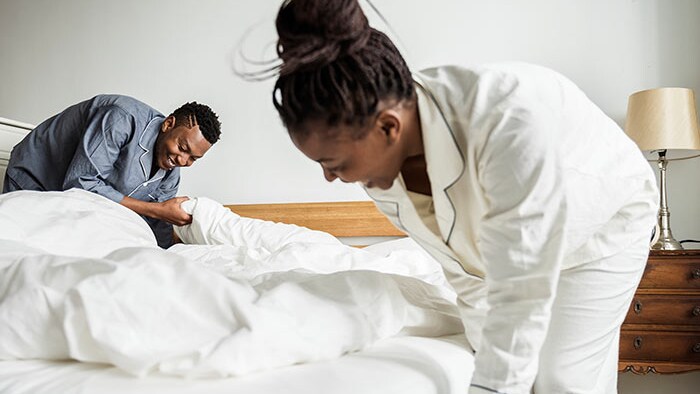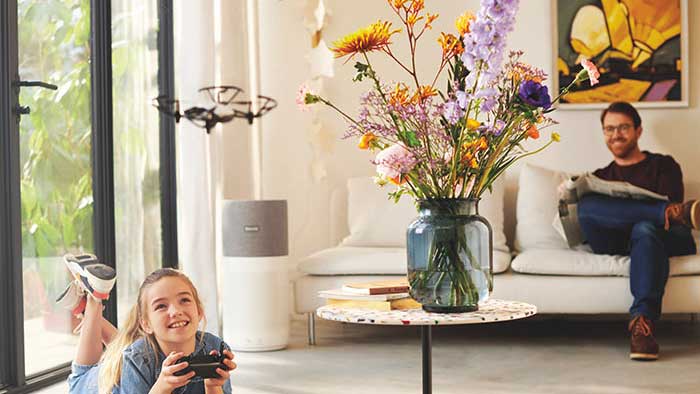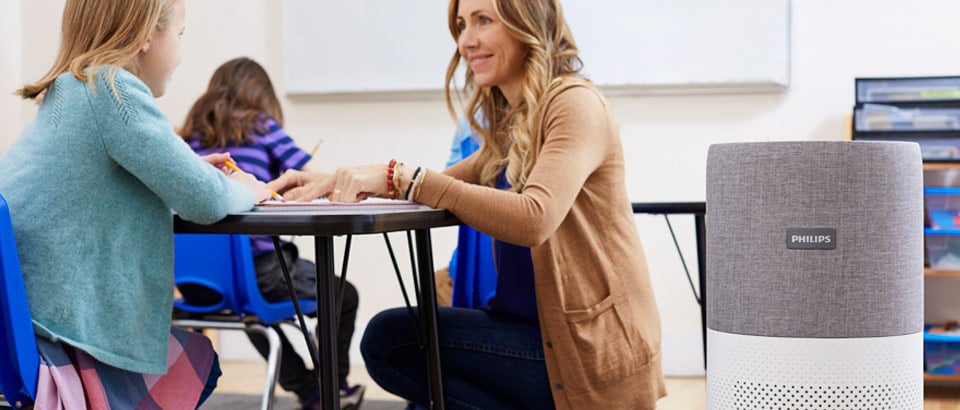
Philips Air purifiers in a school classroom: reducing the airborne transmission risk of SARS-CoV-2
3 min. read
An independent study from the Goethe University in Frankfurt, Germany demonstrated that the use of Philips portable air purifiers can help reduce aerosol levels in heavily occupied, poorly ventilated areas. Together with his team, Joachim Curtius, Professor for Experimental Atmospheric Research, tested four Philips AC2887 air purifiers in a classroom with 27 students and their teachers over a period of a week. Philips purifiers contain a prefilter for coarse dust particles and fluff as well as Philips NanoProtect HEPA and active carbon filters. Apart from aerosol number concentration, the researchers also measured the volume of fine dust particles and CO2 concentration and analysed the noise levels caused by the device. The result? Half an hour after switching it on, the air purifiers had removed 90% of the aerosols from the air[1]. Based on the experimental findings, the investigators state that "air purifiers are an important additional measure of precaution, especially in cases where no fixed ventilation systems are installed and when windows cannot be opened". The WHO recommends that ventilation measures should refresh indoor air at least six times per hour with outdoor air or properly filtered recirculated air. When that is not possible because of insufficient ventilation systems or when natural ventilation is limited because of cold periods or heavily polluted outdoor air, the WHO suggests using air purifiers as an additional protective measure against virus aerosols. A publication shared by the REHVA (association of HVAC manufacturers) also states that proper indoor environment ventilation is a way to reduce SARS-CoV-2 infection risks. However, ventilation and other supportive air purification measures alone are not enough to protect you from exposure to COVID-19. But when used along with other best practices (such as social distancing, frequent hand washing, and surface disinfection), they can be part of a plan to protect you and your family. [1] Testing mobile air purifiers in a school classroom: Reducing the airborne transmission risk for SARS-CoV-2 Short version | Full version
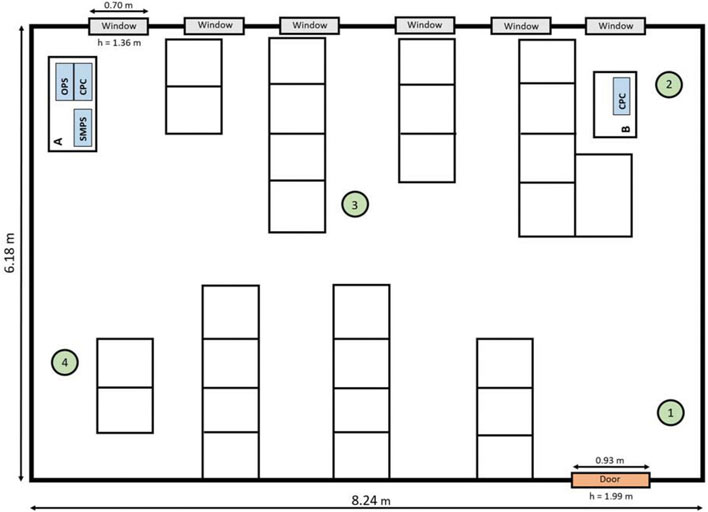
Figure 1: Sketch of the classroom indicating the position of the air purifiers (#1 to 4) and the measurement instrumentation at two locations A and B.
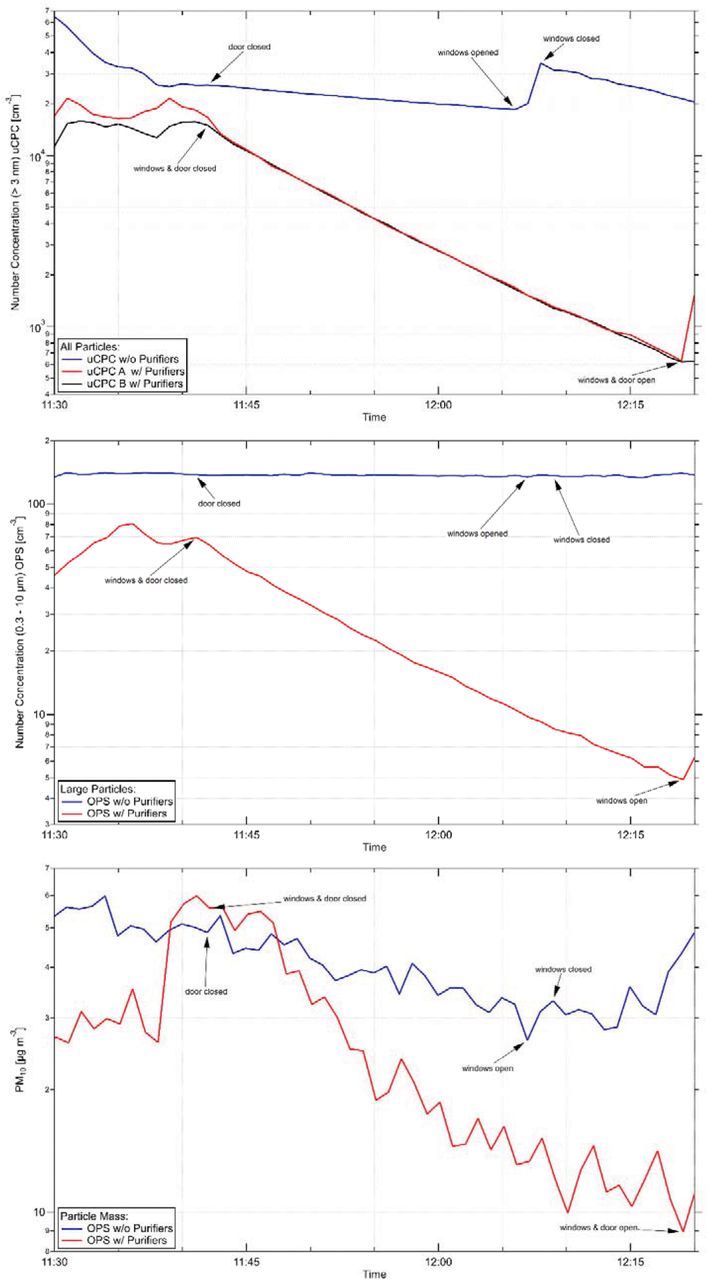
Figure 2: Top panel: Representative measurement of the total aerosol number concentration in the classroom with air purifiers (red and black line) and in the room without purifiers during a lesson (blue line). Four air purifiers were operated at stage 3 during a lesson with windows and doors closed. A window was briefly opened in the room without purifiers at 12:06 for ~1 minute, when additional particles flowed in from outside. Particle concentrations are averaged over 1 minute intervals. Middle panel: Number concentration of larger particles (0.3 to 10 µm, OPS measurement) in the classrooms with (red) and without (blue) air purifiers. Bottom panel: The particle mass concentration PM10 in the rooms with and without air purifiers. Values are more scattered due to low counting statistics for the largest particles that contribute most to the derived mass concentration
